*This is the last piece of a multi-piece series on photographing skiing, ranging from capturing skiing on your smartphone to taking a deep dive into how professionals capture skiing on the World Cup. Take a look at the last three pieces in case you missed them. Part 1, Part 2, Part 3.
From making the most of your smartphone in your pocket to picking the right camera for your photography goals, and to experimenting with snowscapes, we have covered a range of photography topics revolving around skiing and beyond. To cap off this series, I interviewed Federico Modica, the expert in World Cup Photography to learn more about how he became a professional photographer and his experiences and tips for photographing skiing.
Julia Kern: What steps did you take to become a professional photographer?
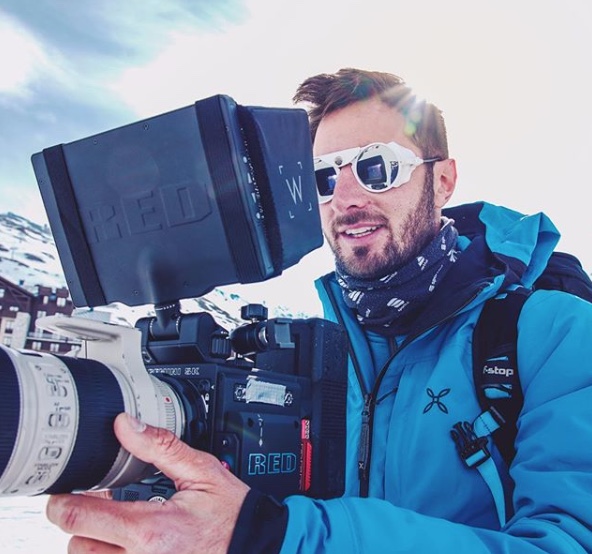 Federico Modica: To become a professional photographer the steps are different and the ways are multiple. In my specific case, it was a coincidence. In those years (2006-07) I was a pretty good athlete, running the 800m, 1500m, and 3000m on a very strong team. But when the game became really interesting and my time was allowing me to compete for a national group, my body decided to say to me “bye-bye”.
Federico Modica: To become a professional photographer the steps are different and the ways are multiple. In my specific case, it was a coincidence. In those years (2006-07) I was a pretty good athlete, running the 800m, 1500m, and 3000m on a very strong team. But when the game became really interesting and my time was allowing me to compete for a national group, my body decided to say to me “bye-bye”.
Due to a problem with my right knee, I decided to stop training for a couple of years but I was not able to imagine a life without sport. Also in 2006, I started getting fascinated by photography so it’s very easy to imagine what I started to do: taking sports pictures. I started with Volleyball and Football (soccer) and in 2007 I took pictures of my very first World Cup Race: the finals of Tour de Ski in Val di Fiemme.
JK: How did you get into photographing the World Cup?
FM: Photographing the World Cup was an easy step. Imagine you are a young guy, imagine you are born in the beautiful Val di Fiemme, imagine you really like sports… It’s impossible not to be involved in Cross Country Skiing. That’s my story with cross-country: I worked many many years with the LOC of Val di Fiemme until the World Championships in 2013. After that event, I started working for NordicFocus and this was the key fact to be sure to live taking cross country pictures at some of the biggest events.
JK: How do you frame a World Cup action shot? Do you scout out locations along the track in advance? How do you choose which locations to capture the action? (Close-ups versus wide-angle shots to capture some context or various spots on the course, for example)
FM: In my case, a World Cup shot has always been a long story. I never take a random shot during a race but every choice is prepared well beforehand. The cases are two: if I already know the venue and the courses are the same, I already think in my hotel what to do and how. If I go to a new venue or a new course then I try to be there one day before and I walk almost every corner. There are some places in the course that may be nice but not tactical as well as there are places that are nice but too far.
You have to keep in mind that we, photographers, need to get the highest number of different pictures but we also have to get to the finish line at the right time to prepare for the most important part of the race. After I study the fastest way to the finish line I start thinking about which camera and lens work in that specific spot that I chose.
Deciding between landscape or artistic shot and closeup is not that hard. The first part of the season requires some good close up. Then we are a bit freer to play. One of my mental rules is that I always have to take one clean shot per athlete (in individual races) because this is the best way to present the athlete and the gear. A clean shot permits the eyes to focus on the athlete, the gestures and the gear used like ski or poles without distractions. After that, I can start to think about artistic shots.
If the race is too short then I put in remote cameras. This means cameras that I prepare before the race and that shoot at the same time I shoot with my main camera… the result is to have a second point of view!
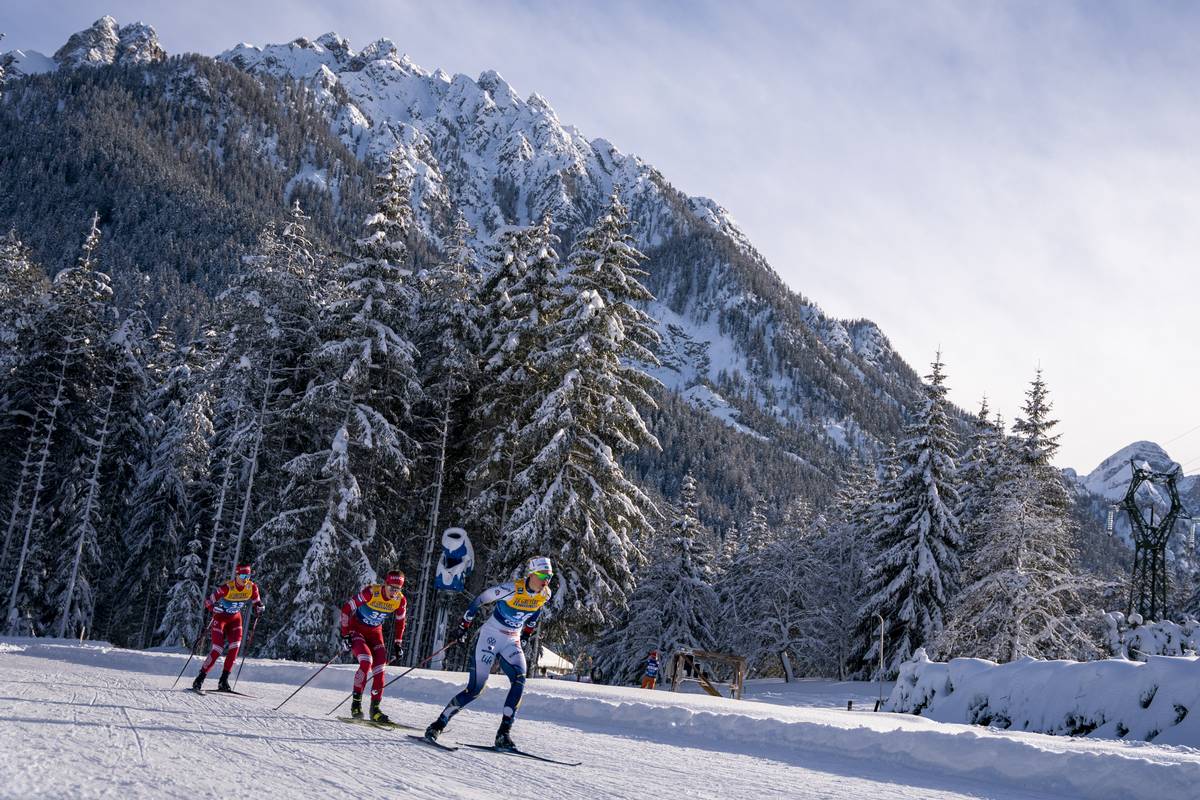
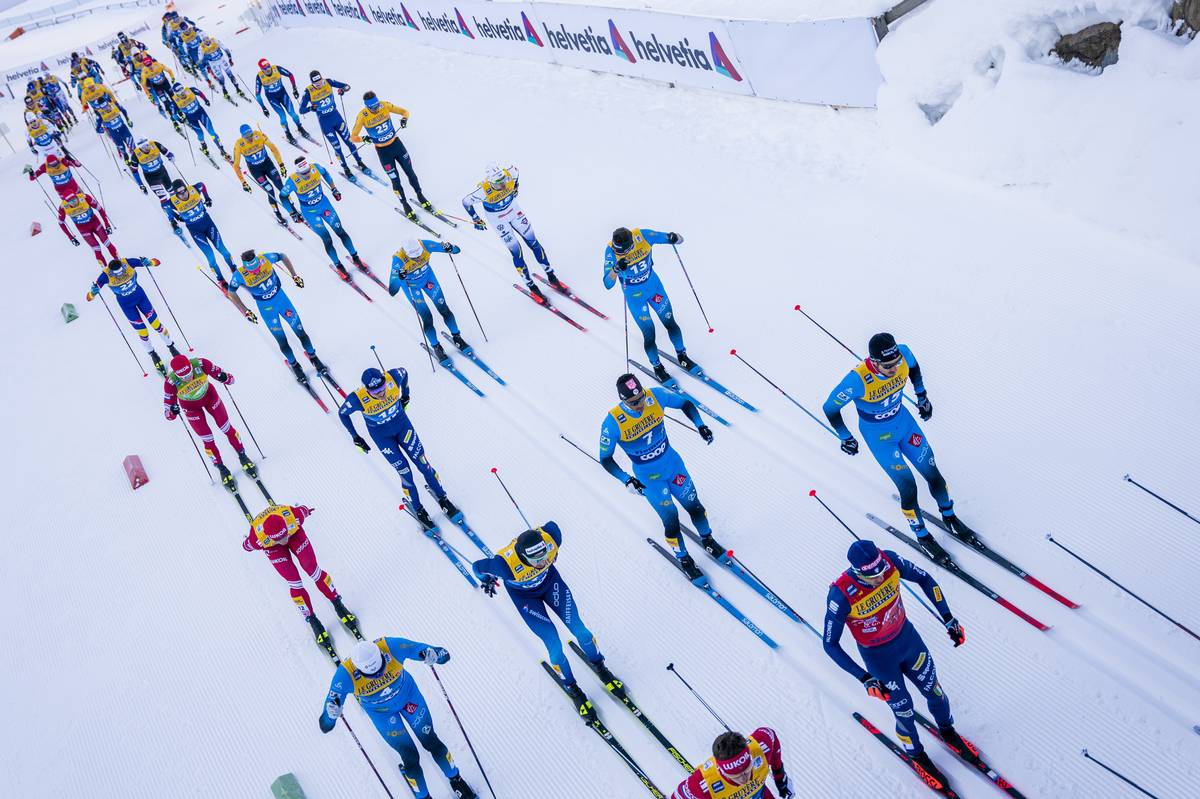
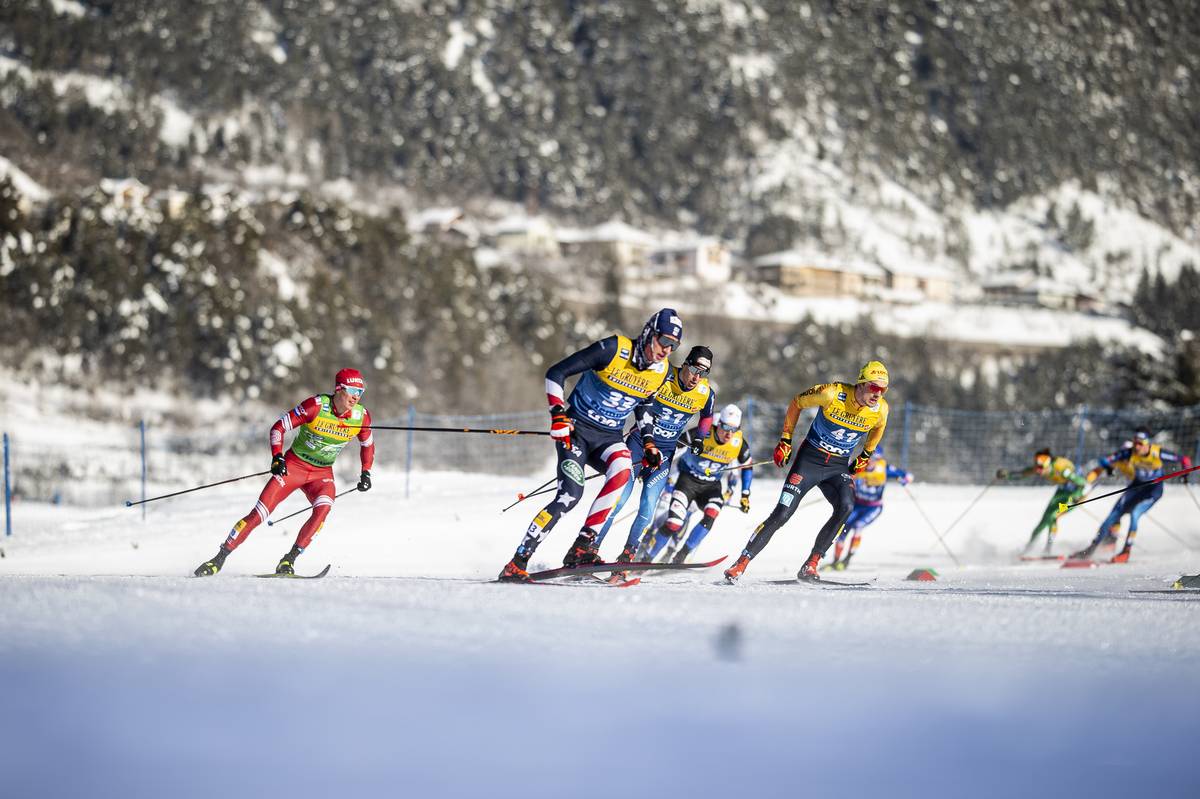
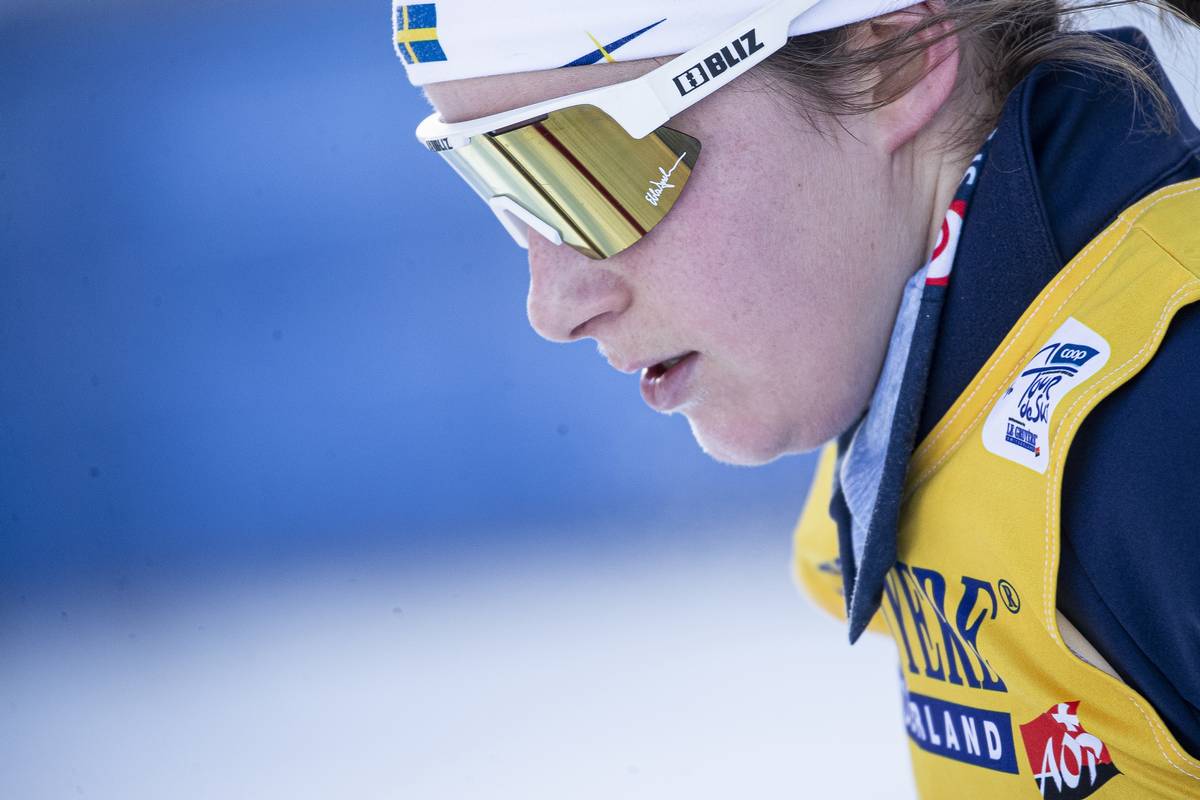
JK: I noticed you capture images from different angles and often set up remote cameras such as the Davos World Cup this year. What does that process look like? How do you decide when and where to use a remote camera set up?
FM: To decide when and where to use a remote camera is just a matter of time. I need to be in position 1/2h before the race to put the camera, find the focus, frame the shot. I also need to think if it will take good action or if I will delete all the pics. I’m very strict about judging my pictures and I’m not afraid to put them in the bin if I don’t like their quality.
Remote cameras are perfect for covering those nice spots where photographers can’t stay… For example, close to the action with a wide-angle or trying an artistic shot or different point of view without the fear of losing the main shot.
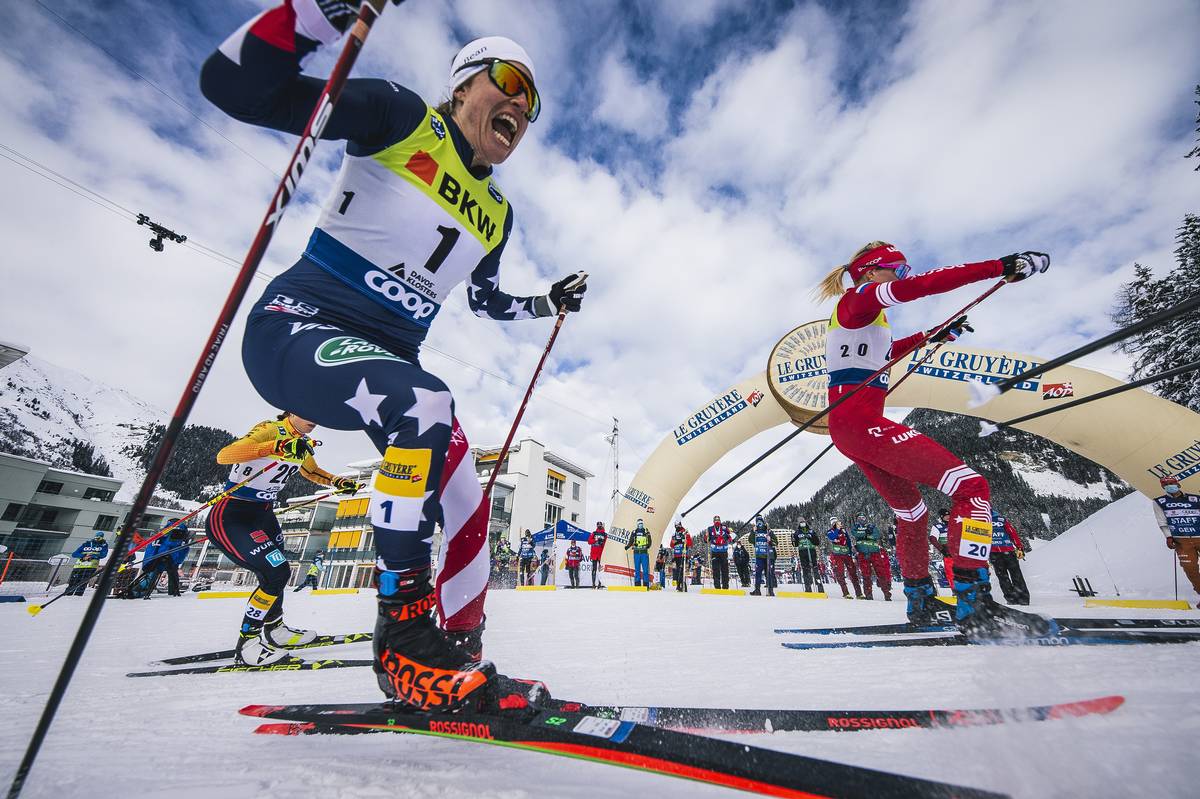
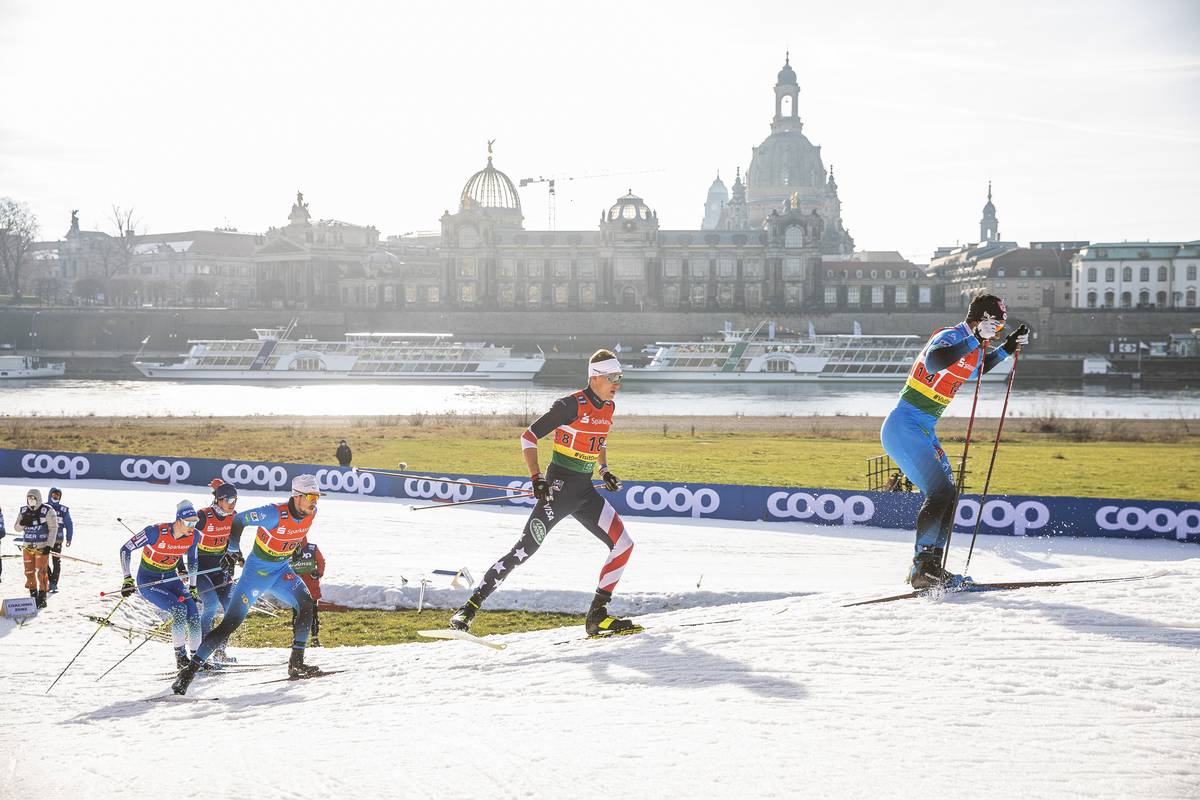
JK: How do you capture shots showing movement? For example, a shot where the athlete is in focus but the background is blurred? Conversely, a shot where the athlete is blurred slightly and the background is in focus? (Do you have any details on these photos you could share, such as shutter speed, aperture, etc.?)
FM: Showing the action is not easy in cross country…Only experience helps to achieve this result. When the background is in motion and the athlete is sharp, we call it panning. Panning shots are technically super easy but in practice, they’re not.
The technique is easy because a photographer only needs to use a shutter speed slow enough to move the background but to still let the skier sharp. But there’s a lot more behind this: the choice of the background, the position of the body, the position of the camera, the lens… I think it’s one of the most complicated but fascinating techniques.





